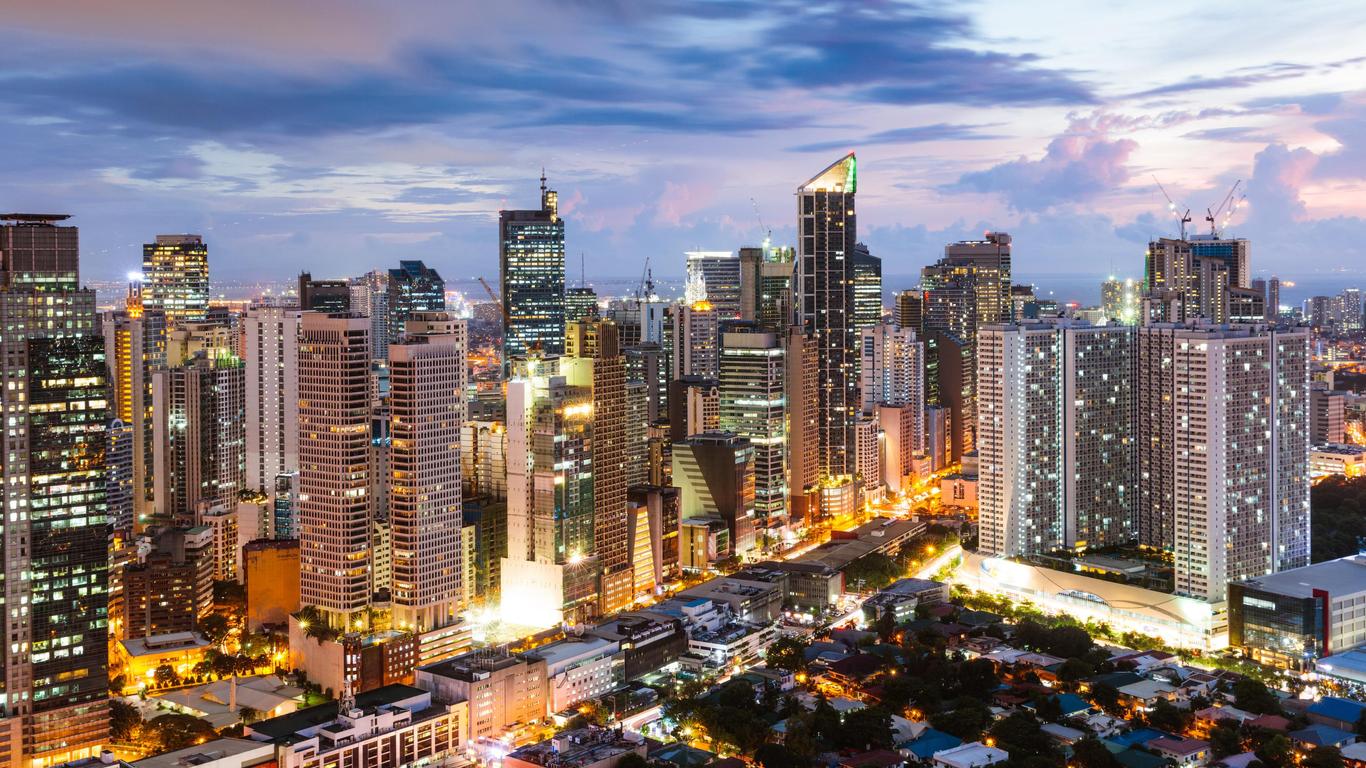Part of the Metro Manila region, Makati City thrives as the centre for commerce, finance and culture in the Philippines. Modern skyscrapers define the cityscape, while upscale shopping malls serve as full entertainment complexes with playgrounds, nightlife and even chapels.
Things to do in Makati
Get oriented in Makati City at the Ayala Triangle, a gathering place for Makati locals and visitors in the CBD. Ayala Triangle Park provides green space within the hustle and bustle of the city, dotted with lush foliage, palm trees and public art sculptures.
Surrounding the gardens are dozens of cafes and bakeries where you can grab a bite before heading to the Ayala Museum. You’ll find original works by famous Filipino artists, such as Fernando Zobel. Don’t miss the "Gold of Ancestors” display with over 1,000 gold artefacts.
Feel like splashing some cash in the CBD? You’re in luck, with dozens of modern shopping complexes, such as Glorietta Mall and Powerplant Mall. For high fashion and nightlife, spend the day at Greenbelt Mall, an enormous complex with hundreds of shops, bars and eateries. Duck into Greenbelt Chapel for some downtime or take the little ones outside to the playground.
To sample authentic flavours of the Philippines, spend some time at Salcedo Saturday Market in Salcedo Village. You’ll find everything from eclectic international food to fresh-brewed ginger ale and local crafts and spices.
Getting around Makati
With dense urban streets and squares, Makati City is easily explored on foot. You can also hire motorised tricycle drivers, electronic e-trikes, shared Jeepneys and standard taxis. There are also plenty of buses, light rail and metro rail transit routes.





